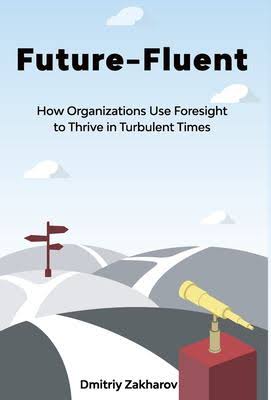Note: this post appeared recently under a different title on The Blog of Funny Names
“Those are my principles. If you don’t like them, I have others.”–Groucho Marx
Julius Henry “Groucho” Marx (October 2, 1890 – August 19, 1977) was not only one of the funniest men to ever live, he also played some of the funniest named characters in American movie history. It’s also notable (at least to me) that he is the “ridiculous” part of the inspiration in the name of this blog (The Millennium Conjectures: A blog of the Ridiculous and Sublime). And by the way, the “sublime” half of the inspiration is one Mohandas K. Gandhi (October 2, 1869-January 30, 1948). The point? Well, take a close look and you will see one similarity. They share the same birthday, October 2, which just happens to be my birthday–if many years later.
But I digress. While Groucho’s name may only be somewhat funny, many of the character names he played in a slew of classic Marx Brothers movies were over the top funny. Here are just a few of them, in chronological order.
Professor Quincy Adams Wagstaff (Horsefeathers, 1932)
” I married your mother because I wanted children. Imagine my disappointment when you arrived. “–Groucho Marx in Horsefeathers.
While Groucho’s first truly iconic role was that of Captain Jeffrey Spaulding in 1930’s Animal Crackers, Wagstaff was his first funny-named character. But believe me, in that department he was just getting started.
Rufus T. Firefly (Duck Soup, 1933)
“Go, and never darken my towels again.”–Groucho Marx in Duck Soup.
While originally opening to mixed reviews, perhaps due to its then already dated World War I era political satire, Duck Soup has since become regarded as a classic and comedic masterpiece and was named to the American Film Institute’s list of the top 100 films of the 20th century. One critic said “love the comedy and ignore the plot.” No kidding. Caring about the plot of a Marx Brothers movie is like caring about the frame on a Picasso.
Otis P. Driftwood (A Night at the Opera, 1935)
“And now, on with the opera. Let joy be unconfined. Let there be dancing in the streets, drinking in the saloons, and necking in the parlor.”–Groucho Marx in A Night at the Opera
Another classic which was also named to AFI’s top 100 American Films of the 20th century. It just happens to also include what I consider the funniest scene of slapstick comedy ever made. (See below).
I’d laugh even harder, but the last cruise I went on, my own cabin was about that size.
Dr. Hugo Z. Hackenbush (A Day at the Races, 1937)
“I have a confession to make. I’m a horse doctor. But marry me and I’ll never look at another horse.”–Groucho Marx in A Day at the Races
As suggested by the quote above, Groucho plays a veterinarian of dubious skills in this flick. I always think of the character name as being Dr. Quackenbush. And as my wife happens to be a veterinarian, I laugh doubly hard. Hey, if I can laugh at myself, I can laugh at my wife, too.
J. Cheever Loophole (At the Circus. 1939)
“I bet your father spent the first year of your life throwing rocks at the stork.” Groucho Marx in At the Circus
You don’t have to be a rocket scientist to figure out that, with that name, Groucho’s character in this one was a lawyer. It wasn’t the best of the Marx Brothers’ movies, but produced one of the most iconic musical numbers from their oeuvre, Lydia the Tattooed Lady.
That’s just a sampling, but if you don’t like these, well, he has others!

















